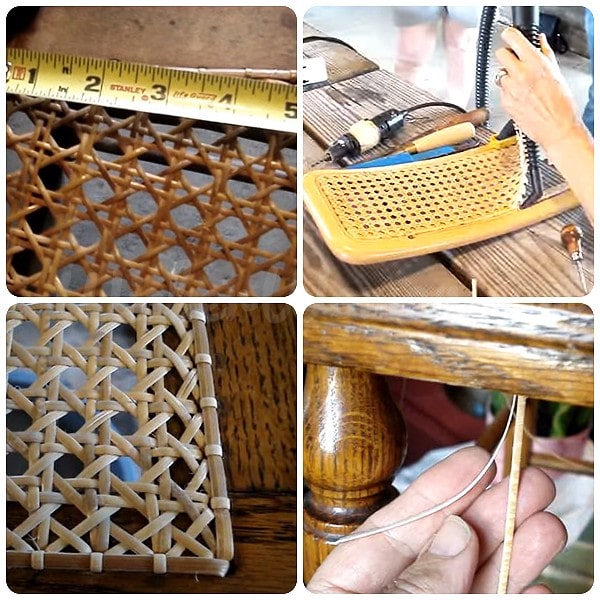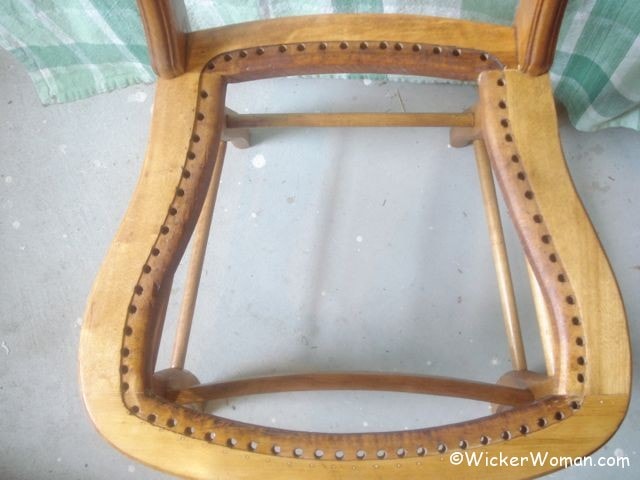Are you new to the chair caning craft? Maybe you’ve just taken it up as a hobby or have you decided to make chair caning your part-time or full-time business profession?
Been struggling with the “little things” and need some helpful pointers or chair caning tips to speed up your weaving and improve your skills?
Visit TheWickerWoman Channel-Chair Caning Tips

I’ve put together a Chair Caning Tips Playlist on my YouTube Channel that you’re sure to enjoy.
It’s loaded with 12 short, informative, helpful chair caning tips to make your weaving experience better!
The following list is just to whet your appetite, you’ll have to go to my channel to watch the entire Chair Caning Tips Playlist.
Remember to Subscribe to the Channel, Rate the Video and Leave a Comment, too.
Chair Caning as a Hobby or Business?
These are not the most professional videos you will see for sure.
But they do address some of the most common questions that beginning chair caners as well as us old timers have when it comes to chair caning.
There’s a lot of “ummms” and blank spaces in the audios and of course, lots of boo-boos with the videographer’s (ah, that would be me!) camera angles.
But I hope you get something out of them and enjoy watching as much as I enjoy making them!
Chair Caning Tips Playlist
- Chair Caning Tips-Making Binder Cane Corners
- Chair Caning Tips-Dealing with Split Cane Strands
- Chair Caning Tips-Bevel Inside Seat Edges
- Chair Caning Tips-My Innovative “No-Knot” System
How-to Videos on WickerWoman.com
You can also watch the whole list of my videos on chair caning, antler baskets, wicker furniture, gathering weaving materials and more right here on my website. Just go to the “How-to Videos” page and scroll though them all.
Like this Chair Caning Tips Post?

What are your thoughts about this resource article page?
Leave your comments below and share with your social networks!
~~Live Well, Laugh Often, Love Much ~~
Happy Weaving, until next time!





Thank you for the descriptive tutorial on chair caning. I enjoyed reading the technique and I want to add a caster on mine.
Pat, thank you very much for the compliment on the Chair Caning Tips Videos, glad you liked them and found them helpful. In answer to your question about adding casters to the bottom of your cane chair legs, it’s most likely possible, but would depend on the width of the legs at the bottom and the size of the casters you plan on using. Good luck!